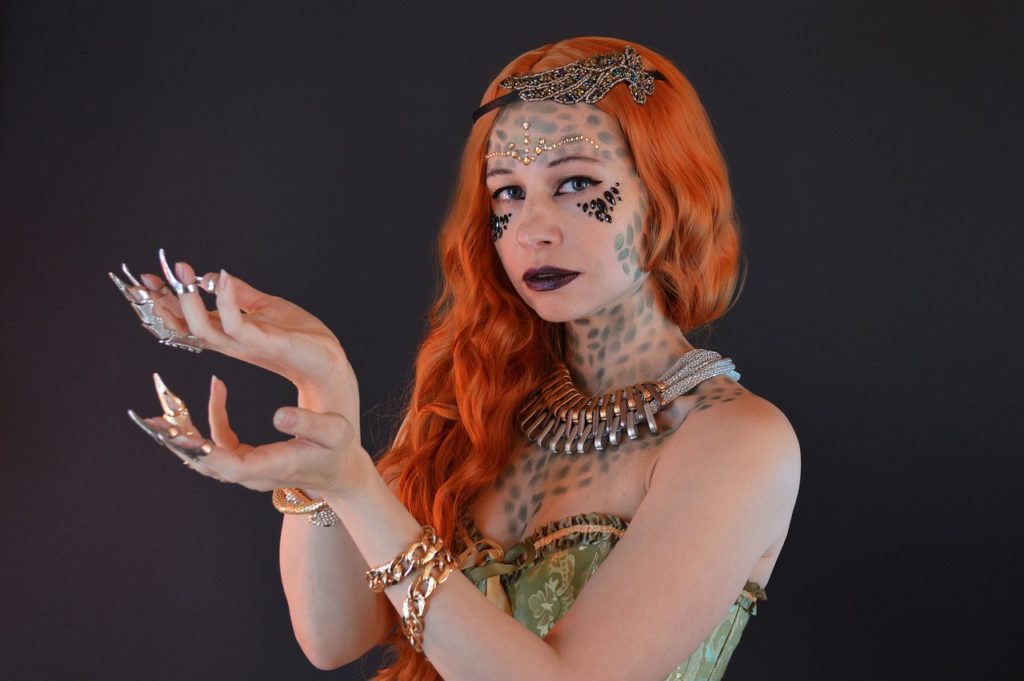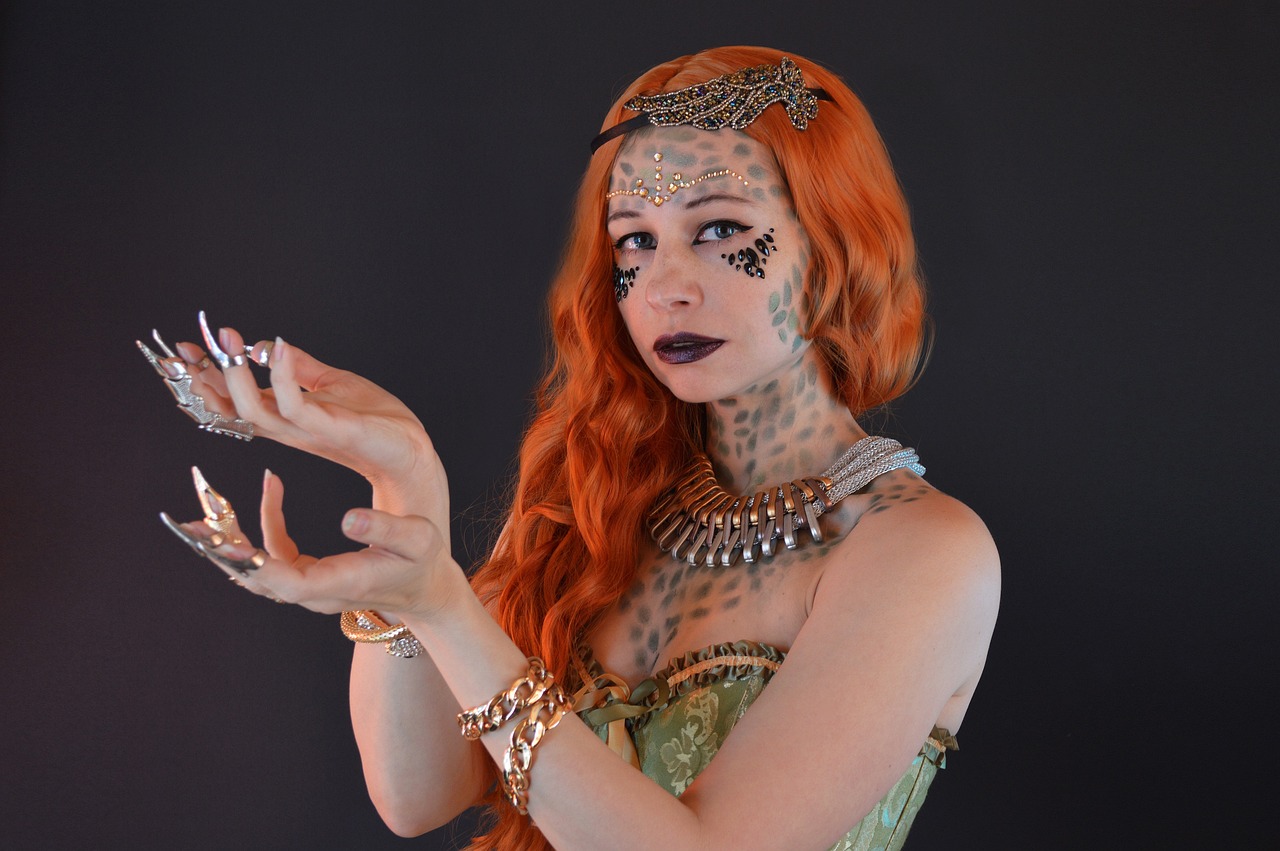Cosplay, a captivating blend of costume play and performance art, is a vibrant cornerstone of modern fan culture. It involves enthusiasts embodying their favorite fictional characters through elaborate costumes and detailed portrayals. This unique form of artistic expression showcases the creativity and dedication of its practitioners and fosters a deep sense of community among fans. Among the innovative contributors to this dynamic field is Scott Biski, known for integrating heritage woodcraft techniques into his cosplay creations, effectively blending traditional craftsmanship with contemporary fan artistry.

The Art and Precision of Cosplay
Cosplay is an art form driven by precision and attention to detail. Each costume piece reflects months of planning and execution, with cosplayers choosing materials that emulate the textures and colors of their fictional counterparts. The objective transcends mere resemblance; cosplayers strive to become the character, adopting their mannerisms and voice, especially during performances at conventions and competitions. This immersive approach enhances the authenticity of the portrayal and deepens the connection between the cosplayer and their character.
The Power of Community in Cosplay
At the heart of the cosplay experience is its community. These networks, ranging from local clubs to international conventions, offer platforms for sharing, learning, and mutual appreciation. Here, beginners gain insights from experienced cosplayers, learning intricate crafting techniques and performance skills. This supportive environment encourages new participants to embrace the cosplay culture, fostering growth and continuity in this expressive art form.
Technological Enhancements in Cosplay
The evolution of technology has had a profound impact on cosplay, transforming how costumes are created and expanding the possibilities within the art. Modern tools like 3D printing have revolutionized the creation of props and costume elements, allowing for a precision that brings even the most intricate designs to life.
Moreover, social media platforms have connected cosplayers around the globe, facilitating a cross-pollination of ideas and techniques that have enriched the community. These platforms allow cosplayers to showcase their work, gather inspiration, and engage with a global audience, strengthening community bonds and driving the art forward.
Economic and Cultural Impact of Cosplay
Cosplay significantly contributes to the economies of the entertainment and retail industries. The demand for costume materials, props, and professional makeup supplies stimulates both local and online markets. Additionally, the popularity of cosplay in fan-related events drives tourism and generates considerable revenue for host cities. These events celebrate the art of cosplay and support a wide array of local businesses and cultural activities.
Cultural Significance of Cosplay
Cosplay extends far beyond its economic benefits, enriching our cultural fabric by providing a platform for personal expression and identity exploration. Through cosplay, individuals embrace different facets of their personalities, connecting with characters that mirror their own experiences and emotions. This act of embodiment fosters personal growth and a celebration of individuality within a community that values creativity and diversity.
Moreover, cosplaying allows participants to step into diverse roles, exploring a spectrum of human experiences and emotions. This exploration is transformative, often leading to personal development and a richer self-understanding. Cosplayers also play a crucial role in cultural conversations about art, identity, and society. Each costume and performance opens up discussions on the narratives and societal norms depicted in the characters’ stories. These portrayals can challenge perceptions, highlight cultural issues, and prompt broader societal reflections.
By bringing stories and characters to life, cosplayers enhance the appreciation of narrative arts. This immersive form of storytelling allows audiences to experience narratives dynamically and interactively, deepening the communal engagement with literature, cinema, and media. Cosplay showcases the power of narrative art to shape, reflect, and challenge our views on society.
Conclusion
Cosplay’s intersection with fan culture represents a dynamic fusion of art, technology, community, and commerce. As it continues to evolve, cosplay remains a compelling medium for storytelling and cultural expression. Innovators like Scott Biski, who bring traditional crafting skills into contemporary fandom, play a pivotal role in shaping its future. By incorporating age-old techniques like woodworking into their designs, they enrich the craft and ensure that cosplay remains as diverse and dynamic as the characters it celebrates. Through cosplay, fans transform their admiration for fictional worlds into tangible, interactive experiences that celebrate creativity and community in inclusive and vibrant ways.


